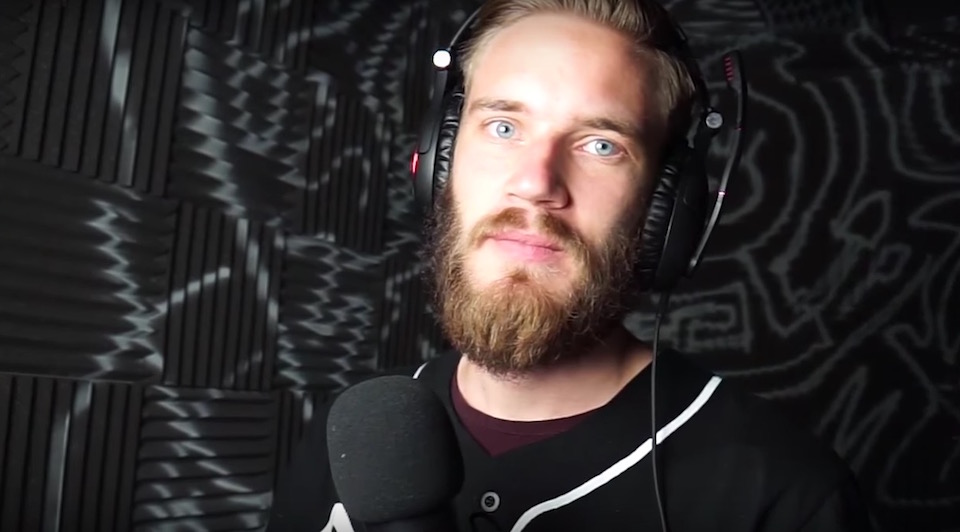
Producing “immersive engagement” is rapidly becoming the key to successful content development, according to Noah Wunsch, Director of Business Development, DWNLD at the Engage: NYC Digital Storytelling Conference. Take SnapChat, where every piece of content has immersive profiles; or the boom in gamification, an engagement tool that’s blowing up all over the web; or take polling, an easy way to add your users’ voices to a database.
Back in 2010, with the launch of Instagram, editorial content began to migrate to the visual realm. We’re now seeing exponentially more engagement via visuals on Vine, Instagram, and Periscope, than on Twitter. Emerging apps like Periscope are enabling regular folks to free themselves of dependence on traditional media such as The New York Times. We’re now creating our own media, producing in-the-moment coverage.
SEE ALSO: Celebrity Endorsement in Technology Still Requires Innovation to Succeed
If there’s a car accident, we’re there before CBS News. We’re now making news videos that allow our audiences to engage and comment. Simply by creating a little TV series on Periscope, viewers’ comments inform the producer as to directions they would like to see explored in future videos.
We’re going to be seeing an increase in visual engagement and immersion in all sorts of venues and media forms. Museums and art galleries are leading the way, adding augmented and virtual reality enhancements to their exhibition experiences enabling visitors to use their phones to dive deeper into complementary content. Amazon Prime has embraced AR as shop-able content overlaid with sales videos. Traditional media is embracing AR with platforms that overlay annotations, so for example if The New York Times magazine releases an article about, say Bernie Sanders, readers can edit it.
A New Class of Social Celebrity
We’re in a transitional period, similar to the days when silent films were transformed to talkies, creating a new class of celebrity influencers with massive social impact with the younger demographic. When you ask people between the ages of 8 and 18 who are celebrities, they cite people like Felix Arvid Ulf Kjellberg aka PewDiePie, Shane Dawson, Jenna Marbles, or Ray William Johnson, all YouTubers and major social influencers.
Take Kendall Jenner, for example. What does Kendall do? She has a monthly paid subscription app, much like the dying magazine model, with millions of downloads. While people are increasingly unwilling to subscribe to magazines like Vogue for $36 annually, they are willing to pay for Kylie or Kendall’s content. While President Obama recently joked about her being at the White House press dinner, admitting that he doesn’t know what she does, she’s making about $500,000 a month from her content. People are eager to get her behind-the-scenes look, which they cannot get elsewhere. She creates content and it empowers her business.
RELATED: Web Series Are Amazing And You Should Be Making One
Then there are movie stars like Gweneth Paltrow, with 2.2m Instagram followers, whose media company Goop has received $85m in funding. Or Jessica Alba, with 1.5m Instagram followers, whose Honest Company IPO cleared $1billion. Instagram, in particular, is driving conversion as media increasingly becomes celebrity and celebrities become media. Engagement results when celebrities take fans behind the scenes, as only they can do so.
To win in the era of content celebrity, one must create engagement, which is the results of content that your audience wants, and the best way to create engaging content is to listen closely to your audience.
Image: YouTube
